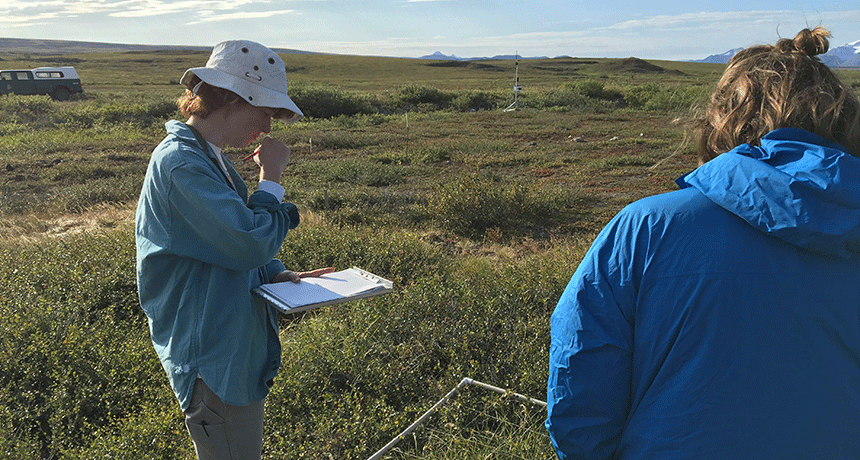Questions for ‘Here’s why scientists have been fertilizing the Arctic’

Laura Gough counts the number and type of plants living in a section of tundra near the Toolik research station in Alaska. Her work is exploring how climate change may change the nutrients available to Arctic plants.
B. Brookshire/SNS